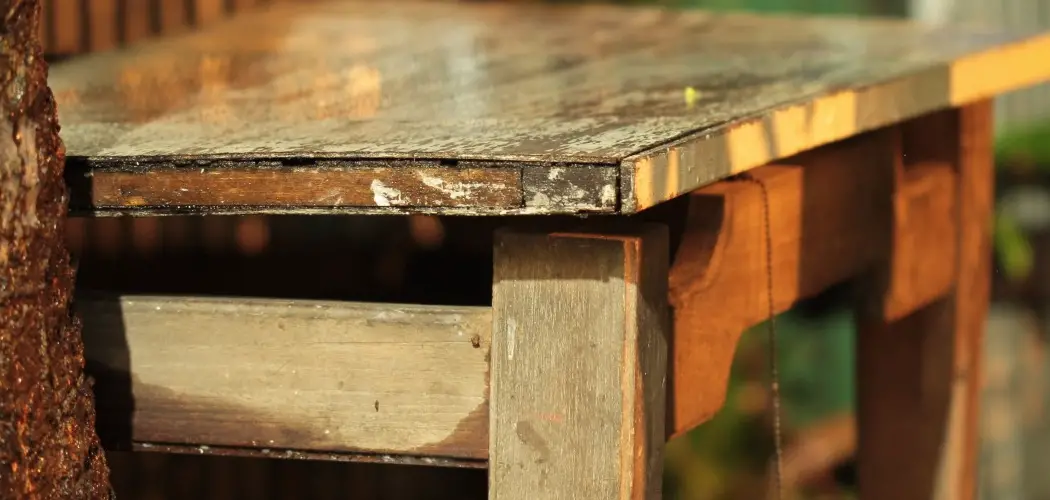As any avid DIYer or antique furniture lover knows, there is a certain excitement that comes with taking apart an old, solid wood piece in need of restoration. Beyond just fixing it up, the process of disassembly allows you to peer inside and discover the craftsmanship details and odd marks left behind through years of use.
With each screw and nail removed, another layer of history is revealed. This adventure is part dissection, part puzzle solving, and fully able to transport you back in time as you work to breathe new life into a vintage gem.
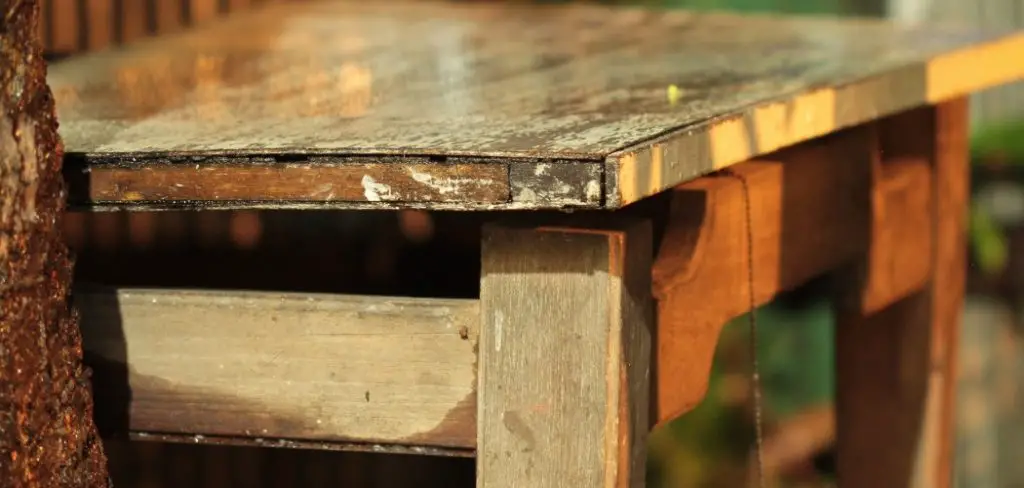
In this blog post, I’ll walk through how to take apart old wood furniture so you too can experience the joy of discovery for yourself. With some basic tools and patience, you’ll have that antique dresser or table in pieces before you know it, ready to go from tired and worn to fully revitalized with your customized makeover. Let’s get started!
Why May You Want to Take Apart Old Wood Furniture?
1 . To Restore Old Furniture to Its Former Glory
Whether you are an antique collector or simply someone who appreciates craftsmanship, taking apart old wood furniture can be a great way to restore it to its former glory. Over time, wooden pieces can become worn, damaged, and lose their shine. Disassembling them allows you to thoroughly clean each piece and address any issues that may have arisen over time. You can also repaint or re-stain the furniture to give it a fresh new look.
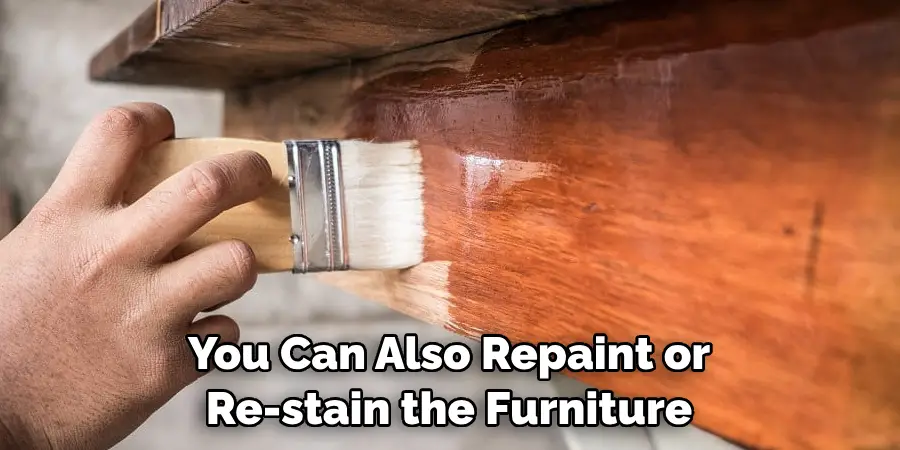
2 . To Repair Damaged Furniture
Sometimes, old wood furniture may have been damaged due to wear and tear or mishaps. Taking apart the furniture allows you to easily access and repair any damages. You can replace broken pieces, tighten loose joints, and fix any other issues that may be affecting the furniture’s structural integrity.
3 . To Customize Your Furniture
Old wood furniture often has a unique charm and character, but it may not always fit your personal style or home decor. By taking apart the furniture, you can make changes to better suit your preferences. This could include changing the hardware, adding embellishments or decorative elements, or even altering the overall design.
4 . To Save Space During Moving
Moving can be a stressful time, especially when it comes to large and bulky furniture. Taking apart old wood furniture can make it easier to transport and save space in moving trucks or storage units. This can also reduce the risk of damage during transportation, as smaller pieces are less likely to get bumped or scratched.
5 . To Recycle or Upcycle
If you no longer have use for your old wood furniture, taking it apart can allow you to repurpose the materials in creative ways. You can recycle the wood to make new furniture or upcycle it into home decor items such as shelves, picture frames, or even planters. This not only reduces waste but also gives the furniture a new lease on life.
How to Take Apart Old Wood Furniture in 5 Easy Steps
Step 1: Gather the Necessary Tools
Before starting the process of taking apart old wood furniture, you will need to gather all the necessary tools. These include a hammer, screwdriver, pliers, and a pry bar. You may also want to use a drill or an electric screwdriver if you have access to them.
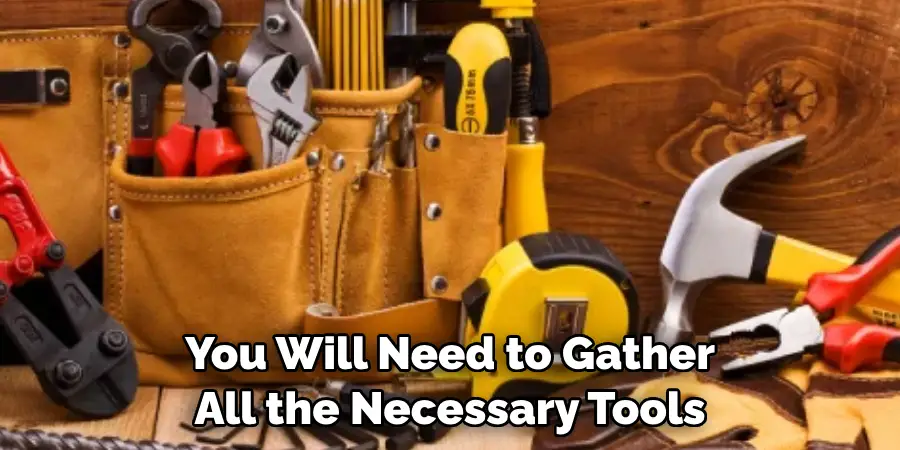
Step 2: Remove Any Screws
Most old wood furniture pieces are held together by screws. Use your screwdriver or electric screwdriver to remove any visible screws from the piece of furniture you want to take apart. Make sure to keep the screws in a safe place so that they don’t get lost.
Step 3: Loosen Joints with a Hammer and Pry Bar
If there are no visible screws, the furniture is likely held together with glue and dowels. To loosen these joints, use a hammer and a pry bar. Place the pry bar between two pieces of wood and gently tap on it with the hammer until the pieces start to separate.
Step 4: Use Pliers for Stubborn Nails
In some cases, there may be nails holding the furniture together instead of screws or dowels. Use pliers to grip the nails and pull them out. If they are too stubborn, you can use a hammer to gently tap on the pliers for more leverage.
Step 5: Remove Any Remaining Glue
Once all the pieces of wood have been separated, there may still be some glue residue left behind. Use a scraper or sandpaper to remove any remaining glue. This will also help prepare the furniture for any necessary repairs or refinishing.
Tips for Taking Apart Old Wood Furniture
1 . Take Your Time
Taking apart old wood furniture can be a delicate and time-consuming process. It’s important to work slowly and carefully to avoid damaging the furniture or injuring yourself. Also, be prepared for unexpected challenges that may arise.
2 . Protect Yourself
Wear protective gear such as gloves and safety glasses while taking apart old wood furniture. This will protect your hands from splinters and your eyes from any flying debris. Also, make sure to work in a well-ventilated area to avoid inhaling any harmful chemicals or dust.
3 . Label and Organize
As you take apart the furniture, it’s important to keep track of all the pieces. Use markers or labels to mark each piece with its corresponding location on the furniture. This will make reassembling the furniture much easier.
4 . Take Photos
If you’re taking apart a complex piece of furniture, it may be helpful to take photos along the way. This will serve as a visual reference for how the furniture is supposed to look and help you during the reassembly process.
5 . Use Proper Tools
Make sure to use the right tools for the job. Using the wrong tools can cause damage to the furniture or make the process more difficult. If you don’t have access to certain tools, consider borrowing or purchasing them before starting the project.
6 . Be Gentle
When removing screws or nails, be gentle and take your time. Applying too much force can damage the wood or strip the screws, making it harder to remove them. If you encounter resistance, try using a different tool or technique.
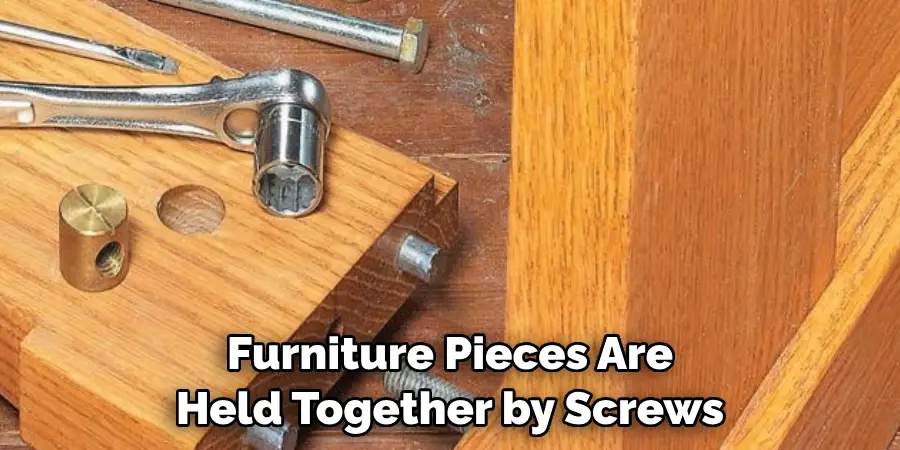
7 . Consider the Wood Type
Different types of wood may require different methods for disassembly. For example, antique furniture made with fragile wood may need more delicate handling compared to sturdier modern pieces. Research the type of wood before starting the project to determine the best approach.
8 . Repair or Refinish as Needed
Once the furniture has been taken apart, you may need to repair any damaged pieces or refinish the wood. This is a great opportunity to restore the piece and add your personal touch. Use appropriate materials and techniques for the best results.
Frequently Asked Questions
What Precautions Should I Take Before Disassembling Old Wooden Furniture?
Before disassembling old wooden furniture, it is important to take some necessary precautions to avoid any potential damage or injury.
- Make sure to wear protective gear such as gloves and safety glasses.
- Clear the area where you will be working to prevent any accidents from tripping over objects.
- If possible, lay down a drop cloth to catch any small pieces or screws that may fall.
- Have a designated space to store the pieces and hardware as you take them apart.
Can I Disassemble Furniture without Any Special Tools?
Yes, you can disassemble furniture without any special tools, but it is highly recommended to have a few basic tools on hand. These may include:
- Screwdriver (both Phillips and flathead)
- Hammer
- Pliers
- Wrench or adjustable wrench
Having these tools will make the disassembly process much easier and may prevent potential damage to the furniture.
How Much Time Does It Take to Disassemble Old Wooden Furniture?
The time it takes to disassemble old wooden furniture can vary depending on the size, complexity, and condition of the piece. On average, it can take anywhere from 30 minutes to a few hours. It is important not to rush the process and take your time to avoid any mistakes or accidents.
How Do I Keep Track of Small Pieces and Hardware?
It is common for small pieces and hardware to get lost during the disassembly process. To prevent this, you can use a plastic bag or container to store them as you take apart the furniture. It is also helpful to label each bag or container with the specific piece of hardware it contains.

Conclusion
Now you know how to take apart old wood furniture in 5 easy steps and have some helpful tips to make the process smoother. Remember to take your time, protect yourself, label and organize, use proper tools, be gentle, consider the wood type, and repair or refinish as needed. With these guidelines in mind, you can successfully disassemble old wood furniture and potentially give it new life with repairs or refinishing.

